Last updated on March 7, 2024
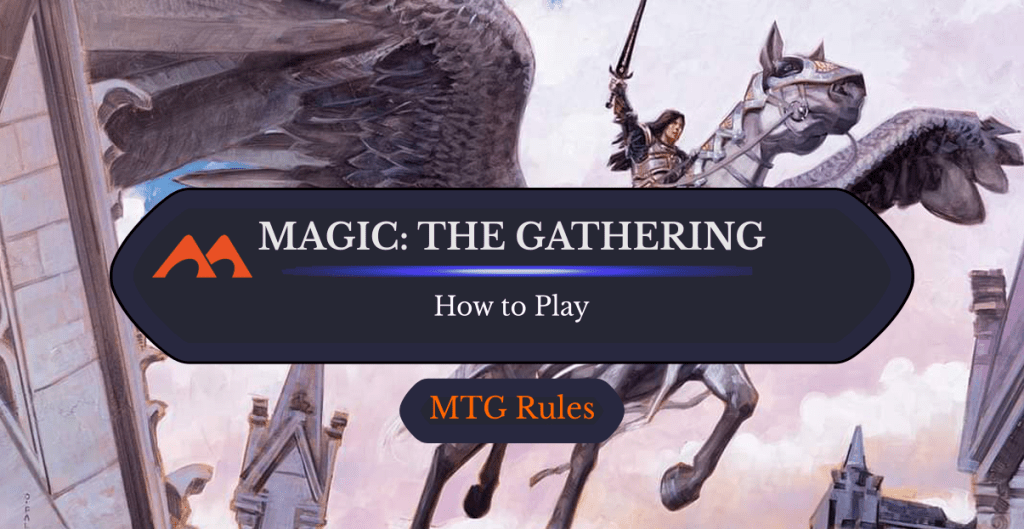
Mesa Cavalier | Illustration by David Palumbo
Welcome to the Draftsim guide on how to play Magic: The Gathering. For the last 15 years, I’ve been playing this incredible game at nearly every available level and in many different countries.
I’ve also been a professional judge for more than 10 years (meaning I’m basically a referee at competitive tournaments). Magic: The Gathering is more than 30 years old and is the original trading card game, paving the way for every other game in the genre, including Pokémon, Yu-Gi-Oh, and Hearthstone.
I hope I can share my love of this game with you and show you how to play for yourself!
What’s the Objective of Magic? How Do You Win?
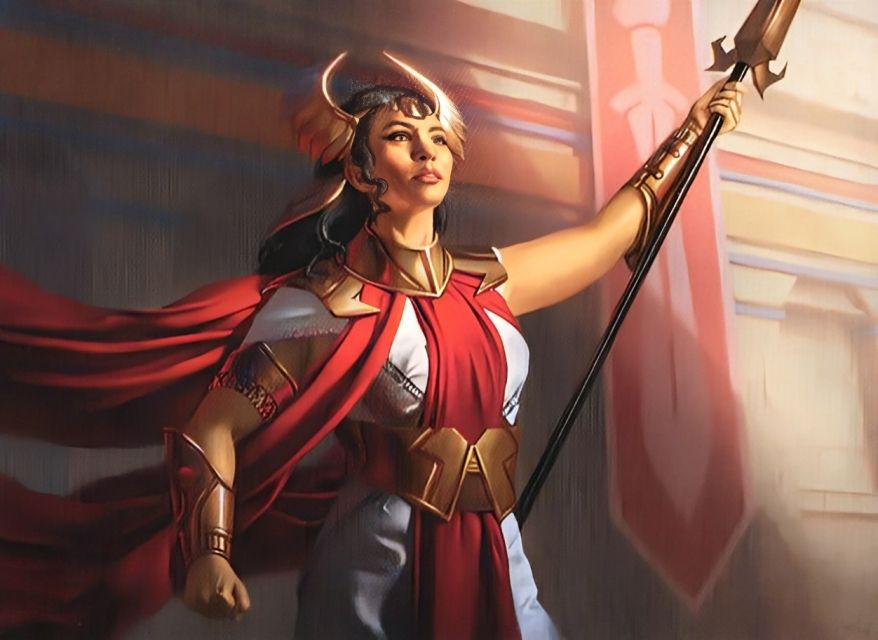
Victory's Envoy | Illustration by Sara Winters
You’re a planeswalker, an incredibly powerful wizard with the ability to travel across the multiverse. In a game of Magic, you battle against another player as you try to reduce each other’s life total from 20 to 0. You can do this in a number of different ways, from summoning powerful creatures to attack with to casting an enormous Fireball to finish off your opponent in one shot. You can also win the game through a few other niche methods, like depleting all the cards in your opponent’s library so that they have nothing left to draw, though this is a much less common route to victory.
You’re basically trying to defeat your opponent, typically by attacking their life total.
Parts of a Magic Card
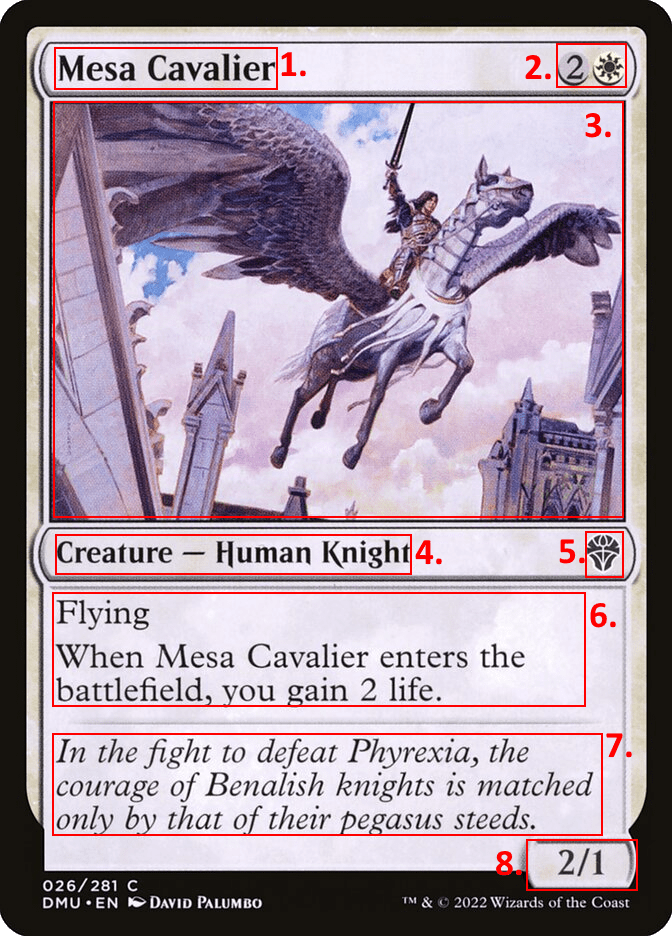
- Card Name: This is simply the name of the card. In this case, “Mesa Cavalier“.
- Mana Cost: Nearly every card in Magic has a mana value, which is the amount of mana you need to spend to cast it. Don’t worry, we’ll get to it.
- The Art: Every card needs a cool piece of artwork.
- The Card Types: In Magic, there are nine types of cards that can go into your deck, like creatures, sorceries, and enchantments. This line tells you what type(s) the card is, and some extra information, like that Mesa Cavalier is specifically a human knight creature.
- Set Symbol: Magic cards are printed in several expansion sets. Each set has its own unique symbol, shown here. This symbol tells you that Mesa Cavalier is from the set “Dominaria United”. The color of the symbol also tells you its rarity. Black/white for common, silver for uncommon, gold for rare, and orange for mythic.
- Card Abilities: This tells you what the card actually does. Cards can do a wide variety of things in this game, so it’s important to read every card to see what it does. Mesa Cavalier has flying and gains you 2 life when you play it, but we’ll talk more about what this means later.
- Flavor Text: Magic has a rich and interesting lore, which you can read over at mtgstory.com. Many cards include flavor text to help flesh out the world and provide a context for what the card represents.
- Power and Toughness: A creature’s power and toughness represent how strong it is in combat (more later). These only appear on creature cards.
This Mesa Cavalier is a creature card, one of the main building blocks of Magic. But, there are a bunch of different types of cards that you can play, so let’s have a look at some of the most common types of cards.
Types of Cards
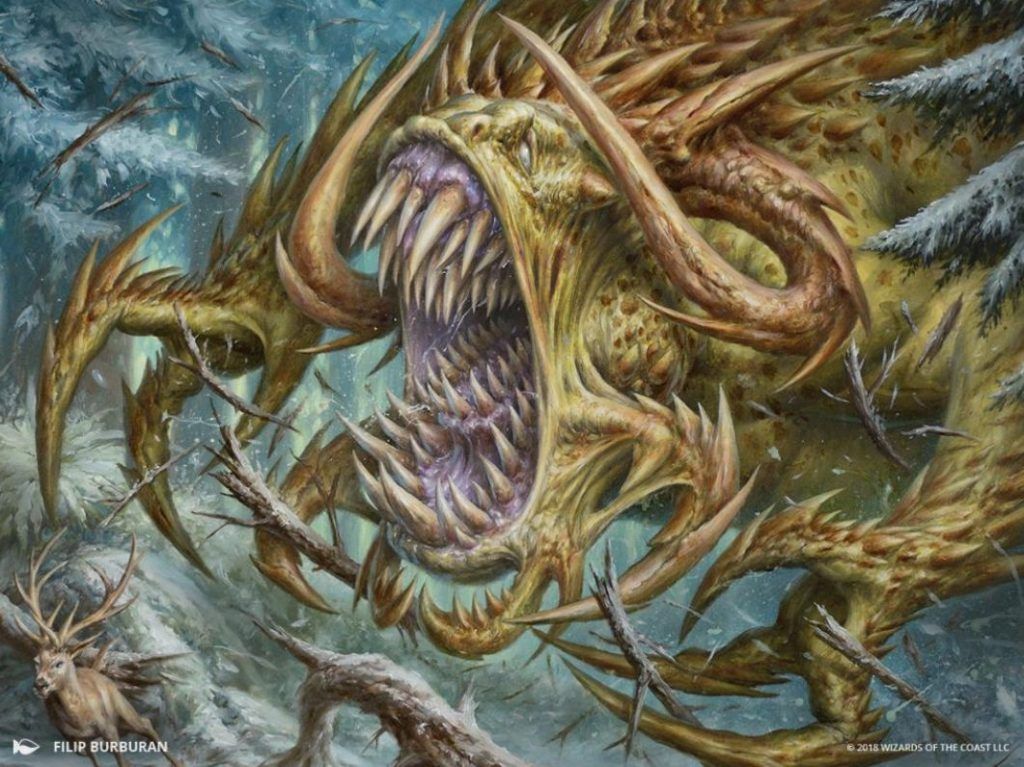
Tarmogoyf | Illustration by Filip Burburan
Creatures
Creatures are usually the main ways you deal damage, as well as the way you defend yourself from your opponent’s attacks. When you play a creature, it’s put onto the battlefield, which is basically just the play area in front of you.
Creatures all have power and toughness values which represent how strong they are in combat. Power (the number on the left) is how much damage the creature deals and toughness (the number on the right) is how much damage it can withstand before being destroyed. Once a creature has been dealt lethal damage (enough damage to kill it), it’s destroyed and sent to the graveyard pile.
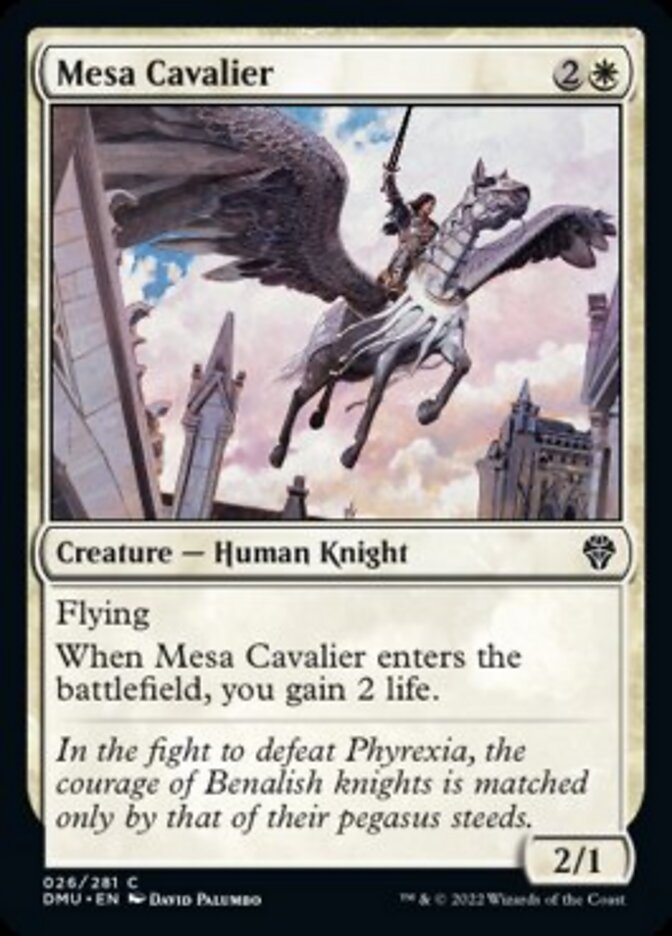
Going back to Mesa Cavalier, this means that if you attack your opponent with it, it deals 2 damage in combat. Should your opponent wish to kill it, they only need to deal it 1 point of damage. Another important thing to note is that creatures are automatically healed from their damage at the end of every turn, so you need to deal all the damage required to kill a creature in a single turn.
Lands
The most important cards in Magic are lands. Lands produce mana each turn, which you spend to cast your spells. We’ll go into this in much more detail in the next section. Each color has its own basic land card, which you can play as many copies of as you like. There are also plenty of special land cards other than these basic lands.
Sorceries and Instants
The next two card types are sorceries and instants. I’ve grouped them together like this because they’re functionally the same but with one small difference. You cast them both like all other non-permanent cards, do what the card says, and then they go straight to your graveyard. The difference is that a sorcery card can only be played on your turn during one of your main phases, whereas instant cards can be played whenever you like, including during your opponent’s turn. Instants have a lot more flexibility in how you use them.
Artifacts and Enchantments
Artifacts and enchantments are also grouped because they work similarly. Both simply get put onto the battlefield when you cast them, much like creature cards. They do a wide variety of things. Some might have a permanent effect while in play, some do specific things when they enter the battlefield, and others might sit there waiting for you to activate their abilities.
One thing to note however is that while they work the same way, they aren’t actually the same. Some cards might work specifically with enchantments, but not artifacts, and vice versa.
Planeswalkers
Like I said at the start, you’re a planeswalker. However, there are lots of different planeswalker characters in the multiverse, and you can recruit them to fight alongside you. Planeswalker cards function similarly to having an extra player in the game. They have only a limited library of spells, represented by the various “loyalty abilities” in their text box.
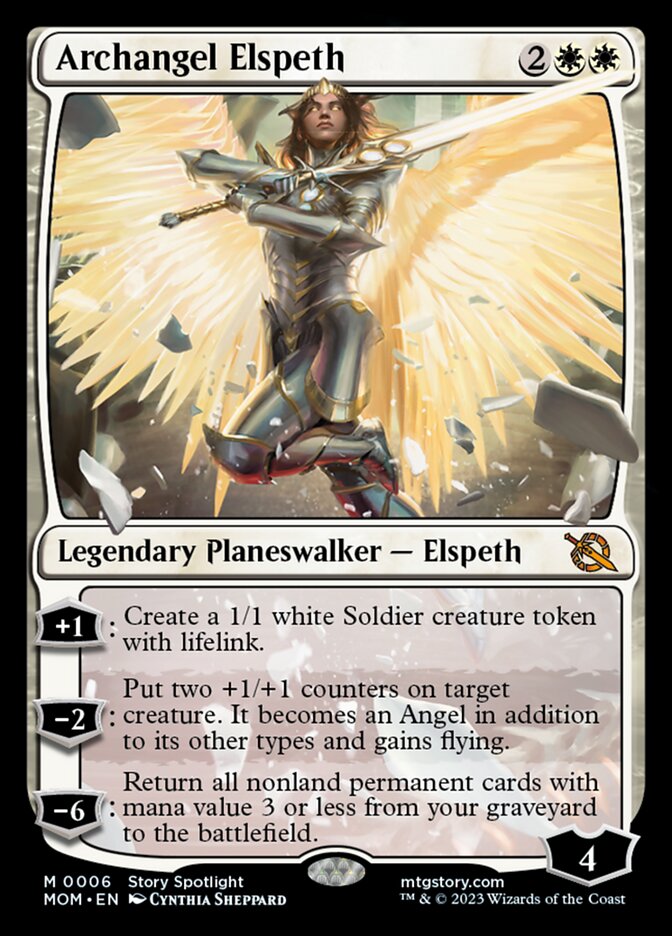
When you cast a planeswalker spell, it gets put onto the battlefield. Then, you put a number of “loyalty counters” onto it equal to the number in the bottom right-hand corner of the card (so four, for Archangel Elspeth, a planeswalker from March of the Machines). During each of your turns, you can choose to use one of your planeswalker’s loyalty abilities. You need to increase or decrease the number of loyalty counters on it based on the number on the left-hand side of the ability. For example, to use Archangel Elspeth’s first ability, you need to increase its loyalty by one. Note that if a planeswalker doesn’t have enough counters remaining to pay the cost, you can’t use that ability.
If a planeswalker runs out of loyalty counters, then it dies and is put into the graveyard. You can think of their loyalty as their life total. I appreciate that planeswalker cards look quite complicated, but they’ve become very common in recent years, so I felt it was important to show you the basics of how they work.
Legendary

Legendary is a special type of card that’s worth talking about. Important characters in Magic’s rich story are often represented in card form as legendary creatures. Legendary is simply an extra type that’s tacked onto other cards that tells you “You can only have one of these in play.” If you have two legendary cards in play that have the same name, you have to pick one to keep while the other is sent to the graveyard. We call this “the legend rule.” As a quick aside, all planeswalker cards are legendary by default.
Permanent
You won’t find this on any Magic card’s type line, but creatures, lands, artifacts, enchantments, and planeswalkers are all permanent types, which means that they stay on the battlefield after you’ve cast them. There are other permanent types, but these are the main ones. Some cards interact with permanents generally, while others specifically care about creatures, artifacts, etc.
How Do You Play Cards?
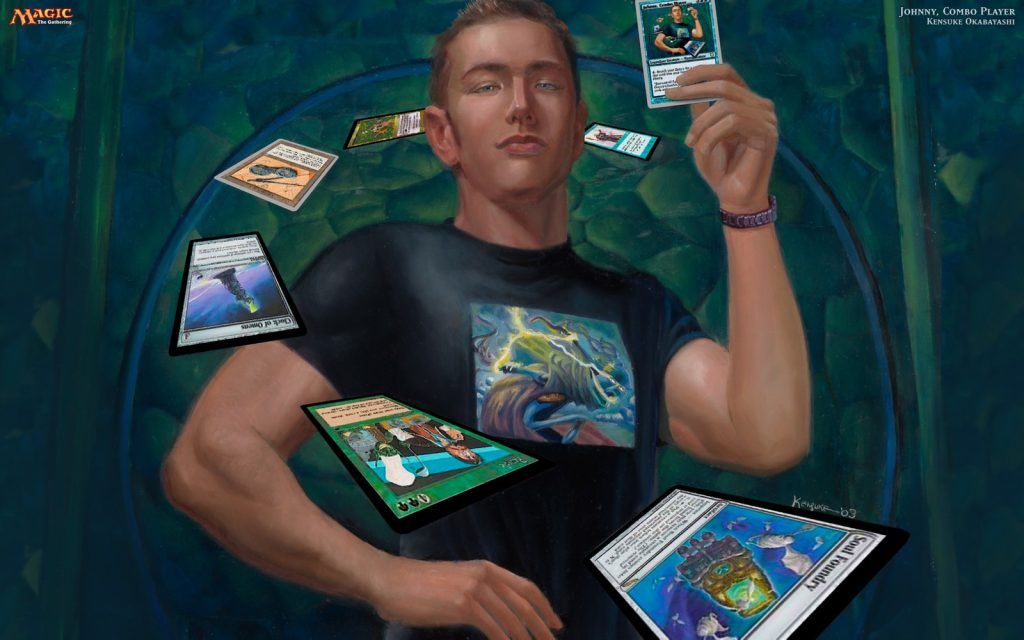
Johnny, Combo Player | Illustration by Kensuke Okabayashi
You cast spells using mana, which you get from your lands. And how do you get mana from them? You tap them. What does that mean?
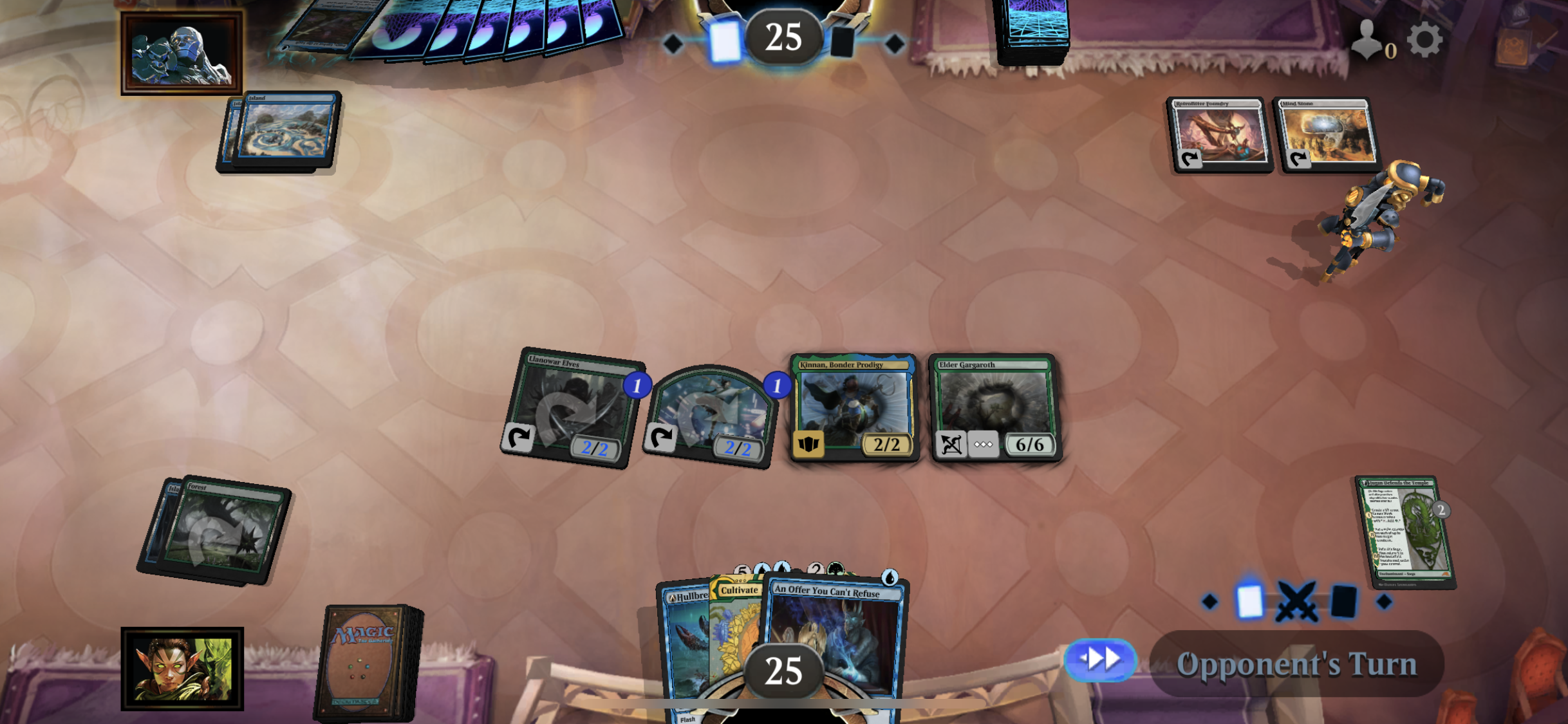
Here's Magic Arena on an iOS device, there are two tapped forests and two tapped creatures.
When you play a card, you put it upright on the table in front of you. We call this position “untapped.” When a card becomes “tapped”, you turn it sideways so that it’s horizontal. Arena tilts the card about 30 degrees, what's important is that the card is clearly not upright. Being “tapped” essentially means that it’s been used up for the turn. But why is this relevant?
Lands have abilities that allow them to tap to produce this mana. In Magic, we have five colors of mana: white, blue, black, red, and green. Each color has its own basic land: Plains, Island, Swamp, Mountain, and Forest. These basic lands can be tapped to produce one mana of the land’s respective color. Plains produces white mana , Island produces blue mana , and so on. As I mentioned earlier, there are other land cards available, some have other abilities, and some give you access to multiple colors as with Savage Lands (which provides , , or ).
Take a look at the mana value of Haughty Djinn. It shows 2 blue mana symbols and an extra symbol that’s just a . This mana value means that you need to spend 2 blue mana () and more of any color. That’s a total of 3 mana. The Mesa Cavalier from before has a white mana symbol () and a , which means you need to spend 1 white mana plus 2 of any color.
Rulik Mons, Warren Chief costs 4 mana in total: 2 green, 1 red, and 1 of any color.
Note: The total amount of mana needed to cast a card is known as that card’s mana value. Hence, the mana values of Haughty Djinn and Mesa Cavalier are both 3 and the mana value of Rulik Mons, Warren Chief is 4. This is a number that can be referred to in card effects but otherwise doesn’t matter too much.
To sum up what we’ve talked about here, in order to cast a spell, you need to do the following:
- Announce you’re playing your spell.
- Tap the right lands to produce the mana you need.
- Your spell has now been played. If it’s an instant or sorcery, then do what the card says and then put it into the graveyard. Otherwise, put it onto the battlefield.
The Stack
Perhaps one of the more infamous areas of Magic’s rules is known as “the stack”. In many games, it’s possible for multiple spells or abilities to be played at once. You’re also able to respond to other cards being played. The way Magic manages this is with the stack.
Whenever you cast a spell, that spell is put onto the stack. While on the stack, your opponent can respond to it with an instant spell or an ability of a card they have in play. More often than not, nothing happens, but sometimes your opponent wants to do something before your spell resolves. For example, if you cast a spell that destroys one of your opponent’s creatures, your opponent might have a spell that can protect it in some way, or it may have an ability that they want to use before it’s destroyed.
When managing spells on the stack, the first one to resolve is always the one that was most recently cast. Spells then resolve in order from the most recently cast down to the first one cast. In addition, players each get a chance to respond again between each spell resolving. It’s possible for you to cast a spell, then have your opponent cast a spell in response, let it resolve, then cast another one, let it resolve, and then cast a third spell, all before your original spell has resolved.
The stack can appear to be quite complicated at first, but once you get used to it, it becomes quite intuitive and allows for a lot of flexibility.
How Does a Player's Turn Work?
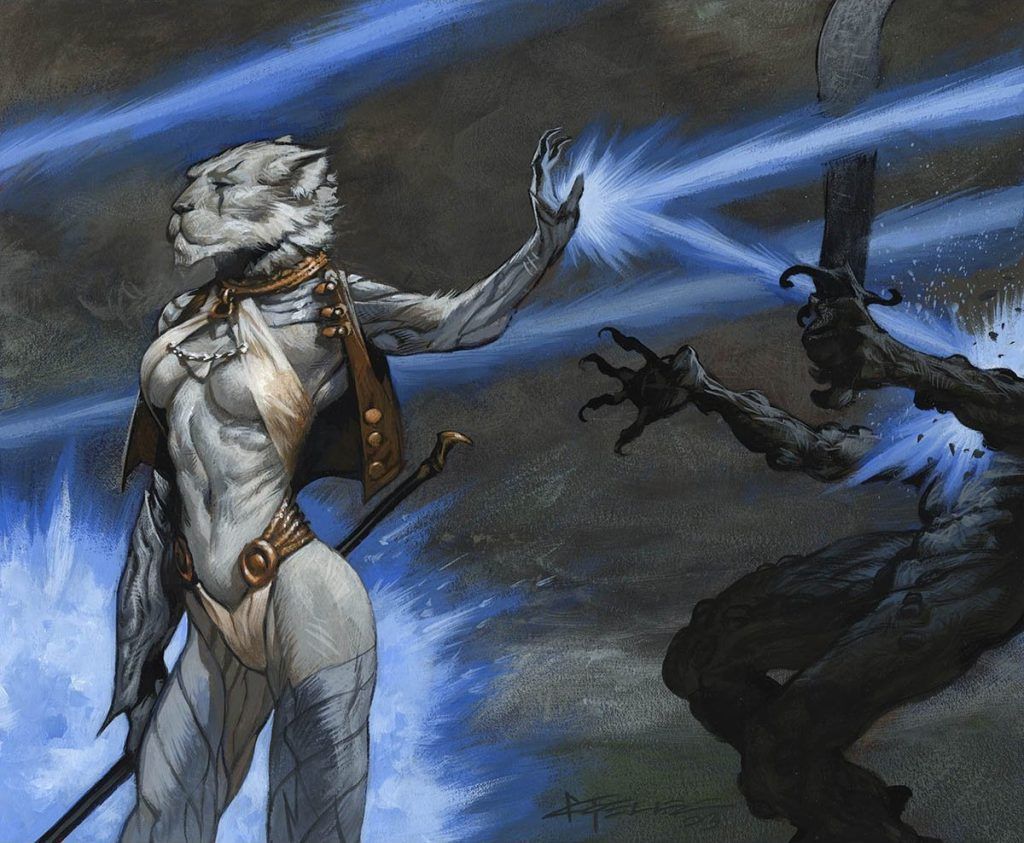
Turn the Tables | Illustration by Christopher Moeller
Each turn in Magic takes place in five separate phases. They are:
Beginning Phase
At the start of each of your turns, you untap all the permanents you control, then draw a card. If you go first, you do not draw a card on your first turn. Magic players often call going second “being on the draw,” because you still get to draw a card on your first turn. The beginning phase is made up of three individual steps:
- The Untap Step: You untap all your permanents, effectively allowing you to use them again this turn.
- The Upkeep Step: Nothing happens here. The upkeep is simply the first point in a turn where you’re able to do things, but only if they’re card abilities or instants. Some abilities say “At the beginning of your upkeep…” and this is where they happen. They essentially mean “At the beginning of your turn…”
- The Draw Step: You draw a card for your turn (but not on the first turn when you go first).
Precombat Main Phase
Your main phases (there’s a second one after your combat) are when you play most of your cards. You need to be in a main phase to play any card that isn’t an instant (which can be played in any phase you like). You can play one land during each of your turns, but you can play as many spells as you like, assuming you have the mana to pay for them.
Combat Phase
The combat phase is when you get to attack your opponent. We’ll dig into this in the next section.
Postcombat Main Phase
After combat, you get an extra main phase, exactly the same as the first one. In fact, many players would recommend using this one to play most of your cards, but that’s something you’ll have to work out for yourself.
Ending Phase
At the end of your turn, any effects that last until the end of the turn end, your creatures recover from their damage, and if you have more than seven cards in your hand, you need to discard cards (put them into your graveyard) until you have seven left. Then, your opponent begins their turn.
How Does Combat Work?
Combat is the main way in which most decks deal damage to their opponents. Magic uses a rule called “summoning sickness” that says that creatures can’t attack on the same turn they entered the battlefield. You should bear this in mind when figuring out your combats.
Declaring Attackers
The first thing you need to do is decide which of your creatures are attacking. You might be familiar with other card games where each creature attacks one by one. But in Magic, all your creatures attack in one big combat. To attack, a creature needs to be untapped and not have summoning sickness. Once you choose which of your creatures attack, you need to tap them.
When attacking, you’re always attacking your opponent. You can’t choose to attack your opponent’s creatures directly. Rather, your opponent chooses whether to defend themselves with their creatures. However, if your opponent has any planeswalkers on the battlefield, you can choose to attack them directly. Similarly, your opponent can use their creatures to defend their planeswalker allies.
Declaring Blockers
Next, your opponent chooses which of their creatures they want to block with. Blocking creatures must be untapped to be able to block, but summoning sickness doesn’t apply to blocking. Multiple creatures can be used to block the same attacking creature, allowing your opponent to gang up on a bigger creature you control with a few smaller ones that they control. Once your opponent declares blockers, you can move on to let creatures deal combat damage.
Combat Damage
Now, your creatures deal damage. Creatures that weren’t blocked deal damage to your opponent. Any creatures that were blocked by a single creature deal their damage to the creature blocking them, and the blocking creature deals damage back.
For example, if you attack with Mesa Cavalier and your opponent doesn’t block it, they take 2 damage, reducing their life total from 20 to 18. If you attack with Magnigoth Sentry and it’s blocked by Tolarian Terror, the Tolarian Terror is dealt 4 damage, but it survives due to its 5 toughness. Magnigoth Sentry is dealt 5 damage and dies.
If your creature is blocked by multiple creatures, you need to choose an order for them to be dealt damage. You then need to assign your damage to each of those creatures in that order, with each one in turn taking lethal damage before moving to the next one. Each blocking creature deals damage back to the attacker.
For example, you attack with a 7/7 and it’s blocked by three 3/3 creatures. You need to decide on the order of blockers, and then your damage is assigned to each one in turn. In this situation, you deal 3 damage to the first creature, 3 to the second, and 1 damage to the remaining creature. This destroys the first two creatures, but the third one survives. The blocking creatures have a total of 9 power, which destroys the attacking creature.
That’s a lot to take in, I know. But on the bright side, we’ve covered all of the basic gameplay, so let’s talk about some other things that make this game so awesome.
The Colors of Magic: Which One Are You?
Magic has five colors of mana. Each of these colors has its own identity and areas of gameplay that it specializes in. In addition, there are no limits to how many colors you play in your deck. There are 32 different color combinations for you to try, from a simple mono-white deck all the way up to a chaotic 5-color deck. You can even try a deck with no colors at all!
On top of the identities for each color, many of the color combinations also have their own identity within Magic for you to discover.
White
White is the color of law, peace, and order. White’s creatures consist of soldiers, knights, birds, angels, and more. White usually attacks by making lots of smaller creatures and buffing them. White struggles to destroy other creatures, but it can easily dispatch artifacts and enchantments. It’s also the color that’s the best at gaining life.
Blue
Blue is the color of knowledge and intelligence. Blue’s creatures consist of merfolk, sphinxes, wizards, and more. Blue likes to attack the least. Rather, it chooses to play a longer game and tries to win with one large and unbeatable creature. Blue tries to deal with problems before they happen, but it’s very bad at dealing with things after they’ve been played, often needing to return creatures to their owner’s hands instead of destroying them.
Black
Black is the color of darkness, death, and generally most things evil. Black’s creatures consist of zombies, vampires, demons, rats, and more. Black is the best color in the game for destroying creatures, with plenty of spells that outright destroy a creature. Since it’s so good at removing creatures, it’s very bad at removing other cards, like artifacts and enchantments.
Red
Red is the color of speed, chaos, and aggression. Red’s creatures consist of goblins, devils, phoenixes, dragons, and more. Red doesn’t have much variety, but it’s typically the most aggressive color. Red has access to spells that deal direct damage, usually to creatures but sometimes to players. You can use red damage spells to burn your opponent out without ever attacking them if you want to.
Green
Green is the color of nature. Green’s creatures consist of elves, beasts, treefolk, and more. Green tends to play very large creatures, so it uses its spells to get access to more mana and allows it to play bigger spells ahead of schedule. Green can have its big creatures fight its opponent’s creatures to kill them.
Common Keywords in MTG
As you may have already seen on some of the cards I’ve shown you so far, some cards have abilities that are just written as one word, like flying or trample. This is because some abilities are very common and appear on lots of cards, so we use keywords to simplify them. There are a few that appear in every Magic set, so here’s a quick handy guide on some of these. I’ve also included some definitions of some common Magic terms.
Battlefield
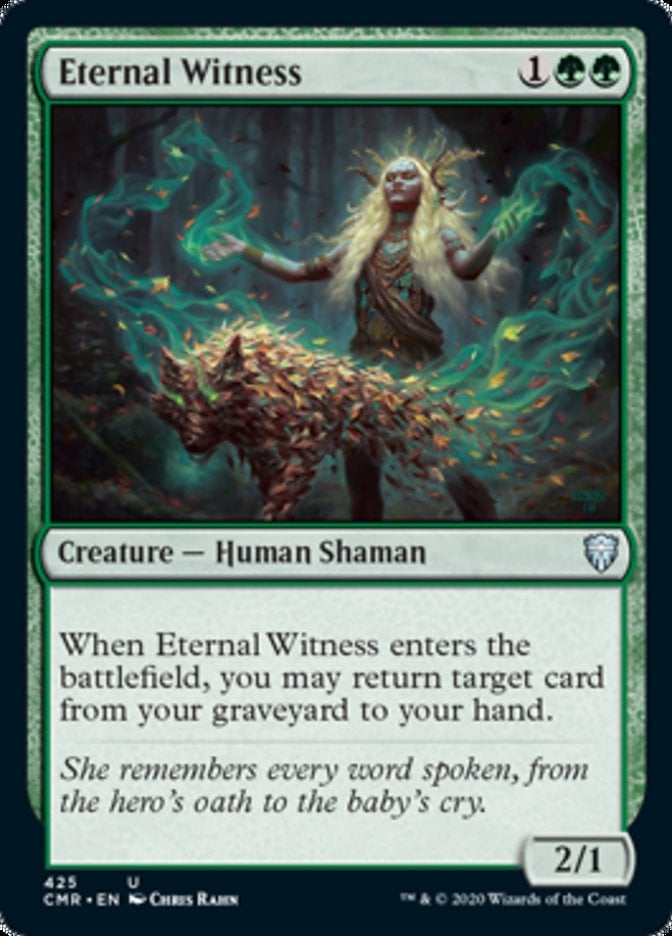
The battlefield is Magic’s official name for the play area where all your cards go. You see this referenced on cards a lot, like on the classic Eternal Witness that has an ability that triggers when it enters the battlefield. That is when you put it onto the battlefield.
Counter
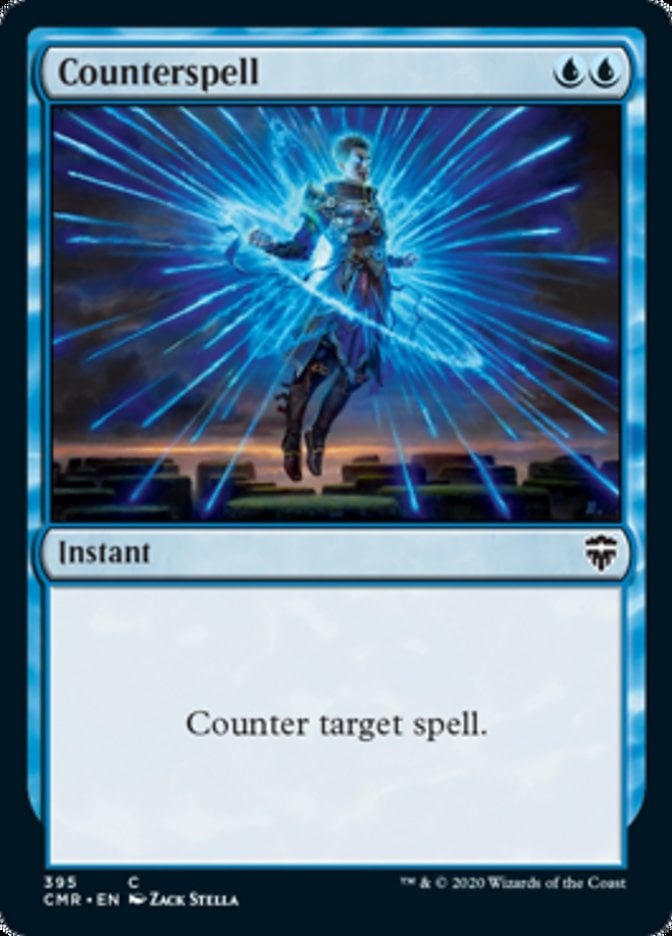
Some cards, like the classic Counterspell, instruct you to “counter target spell.” This means to literally stop a spell from resolving, so they need to be played in response to your opponent casting a spell.
Counters
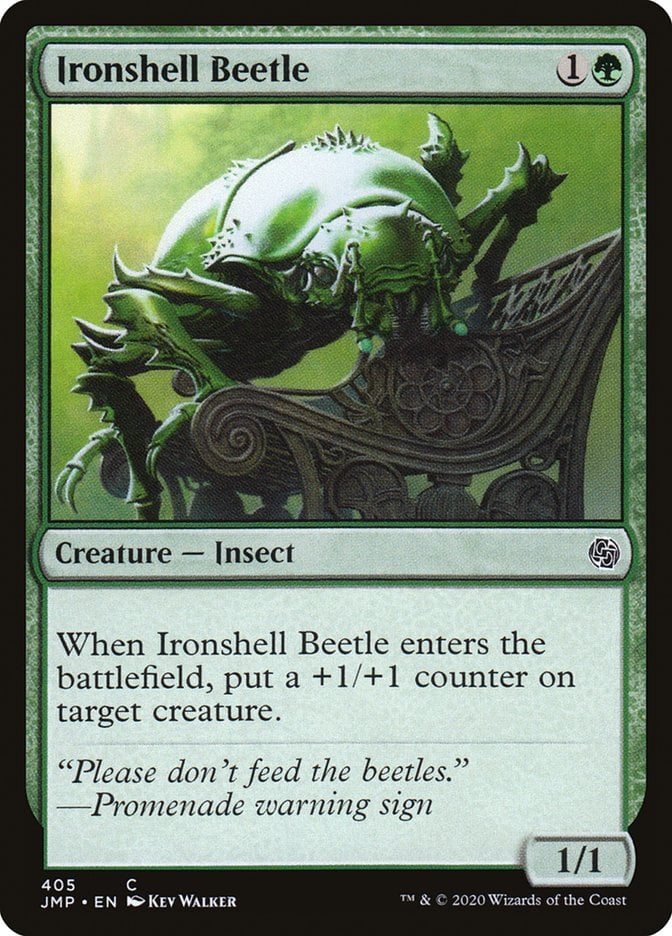
Some cards like Ironshell Beetle put some number of counters onto cards you have in play. The most common of these are +1/+1 counters, which increase the power and toughness of a creature by 1 each.
Creating Tokens
Some cards instruct you to “create” a token. Tokens are essentially cards that don’t begin the game in your deck. Most tokens are creatures like you can see on Imperial Oath, but there are also a variety of different artifact tokens, like the Treasure tokens created by Ancestors' Aid.
Deathtouch

If a creature has deathtouch, any amount of damage it deals to another creature is enough to destroy it. Deathtouch is most commonly found in black and green.
Defender
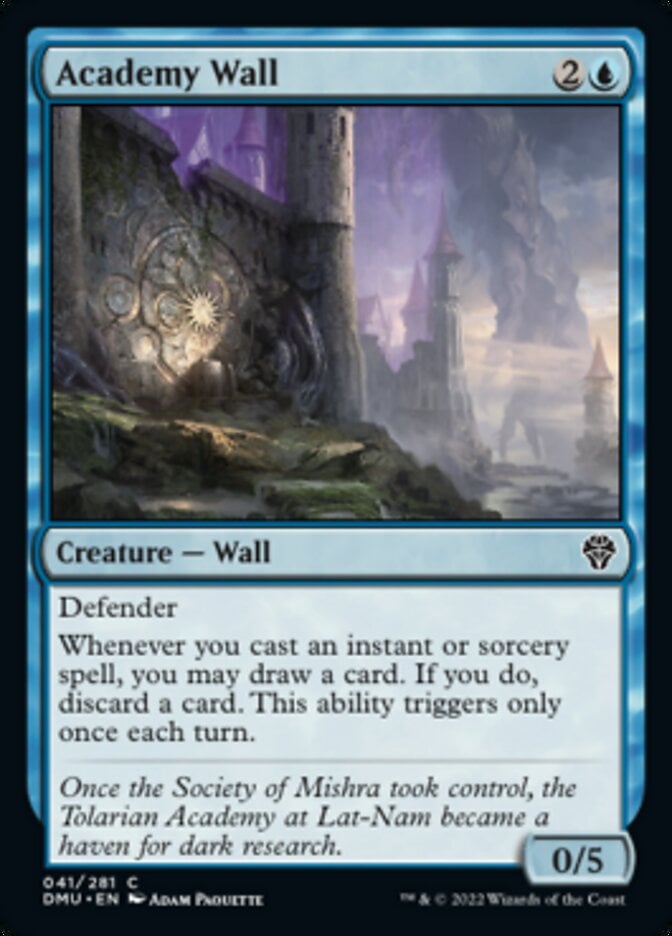
A creature with defender can’t attack. It’s as simple as that. Magic has “wall” creatures like Academy Wall, and these typically all have defender.
Destroy
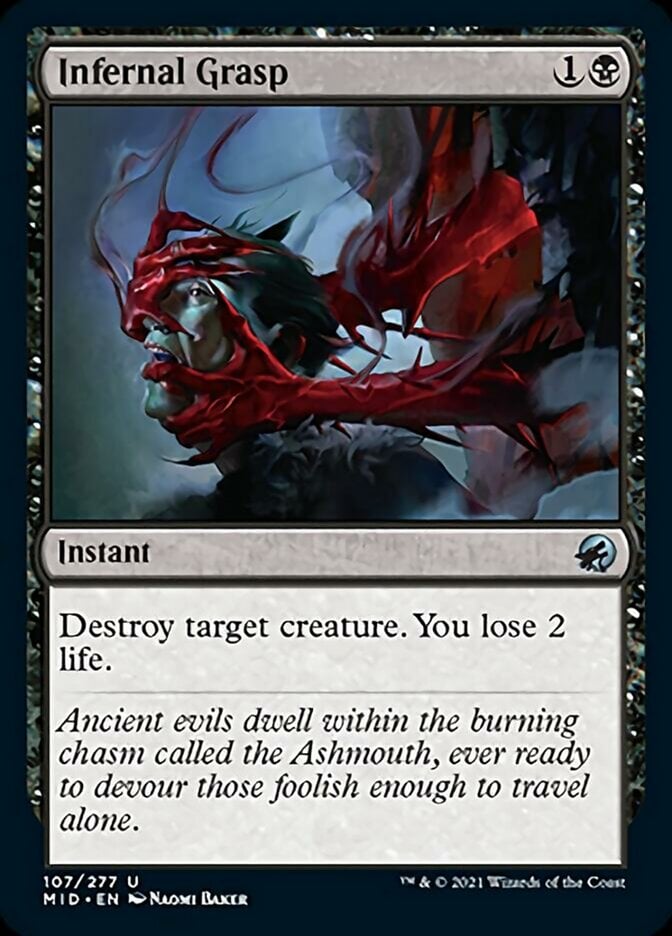
Some cards instruct you to destroy a card in play, like Infernal Grasp. A card that’s destroyed is simply sent to the graveyard. If a creature is dealt lethal damage, it’s also considered to be destroyed.
Dies
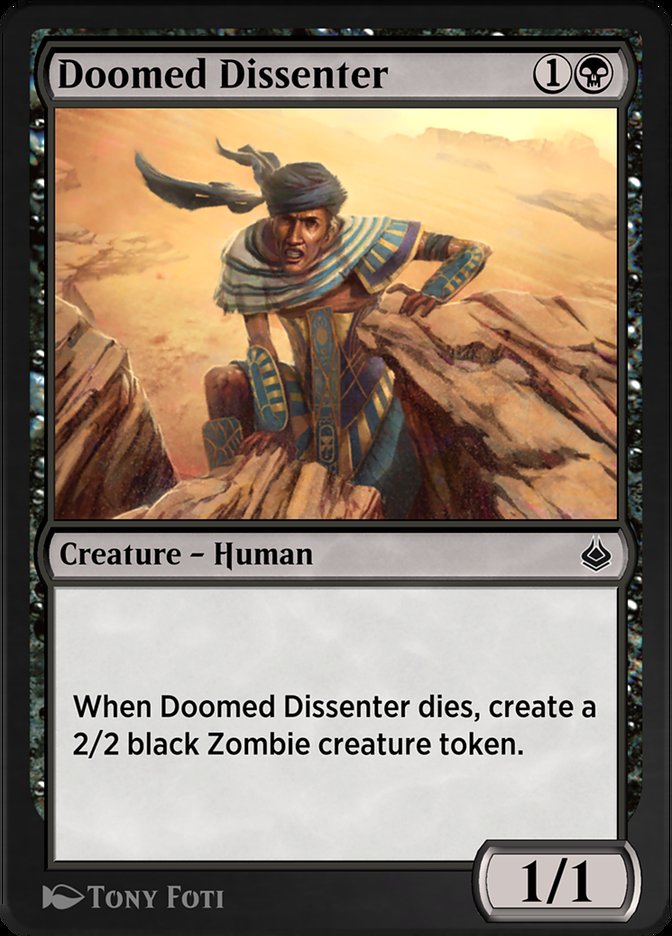
Some cards like Doomed Dissenter do something when they “die.” This just means that it went from the battlefield to the graveyard. It doesn’t care how it went there, just that it did.
Discard
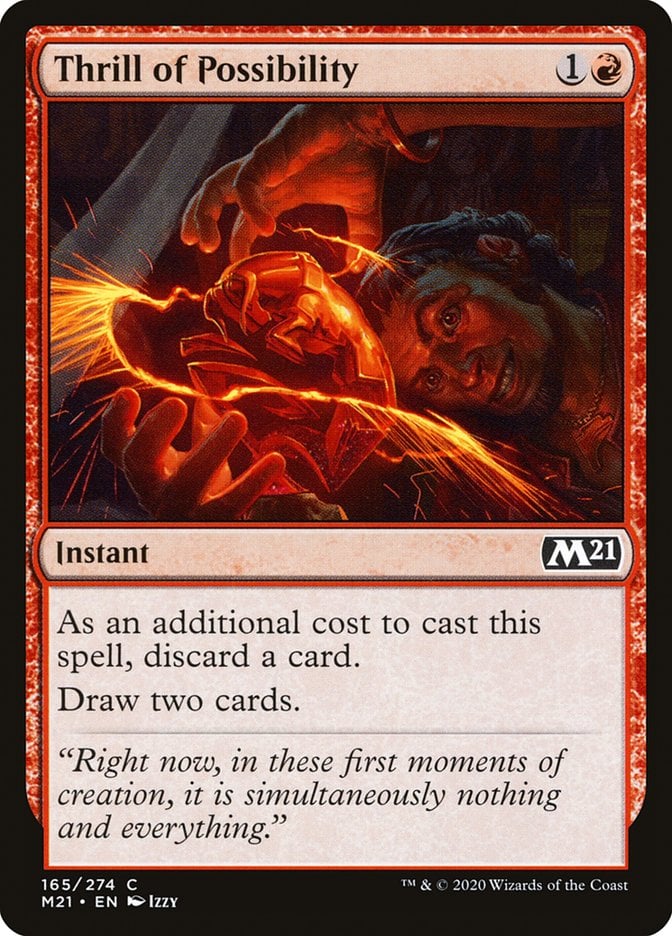
If you’re instructed to “discard” a card, like on Thrill of Possibility, you select one from your hand and send it to your graveyard.
Double Strike / First Strike
A creature with first strike gets to deal its damage in combat before any creature that doesn’t have it. If you have a Youthful Knight in combat with a Knight of the Keep, the Knight of the Keep is destroyed before it gets a chance to deal its own damage in the combat.
A creature with double strike deals combat damage twice. Once as if it had first strike, then again as if it didn’t.
Enchant

Aura is a special subtype of enchantment, like Blanchwood Armor. When you cast an aura spell, you need to choose a target for it to enchant. The “enchant” keyword at the top of every aura’s textbox tells you what you’re allowed to enchant it onto. Once enchanted, the aura stays in play until the enchanted object leaves the battlefield. If that happens, the aura goes to the graveyard.
Equip

Equipment is a special subtype of artifact as you can see on Kitesail. Once in play, you need to pay the equip cost (which is just 2 mana in the case of Kitesail) to attach it to a creature that you control. Once equipped, it gives that creature a bonus of some kind. If the creature leaves the battlefield, the equipment stays in play and can then be equipped on another creature.
Exile
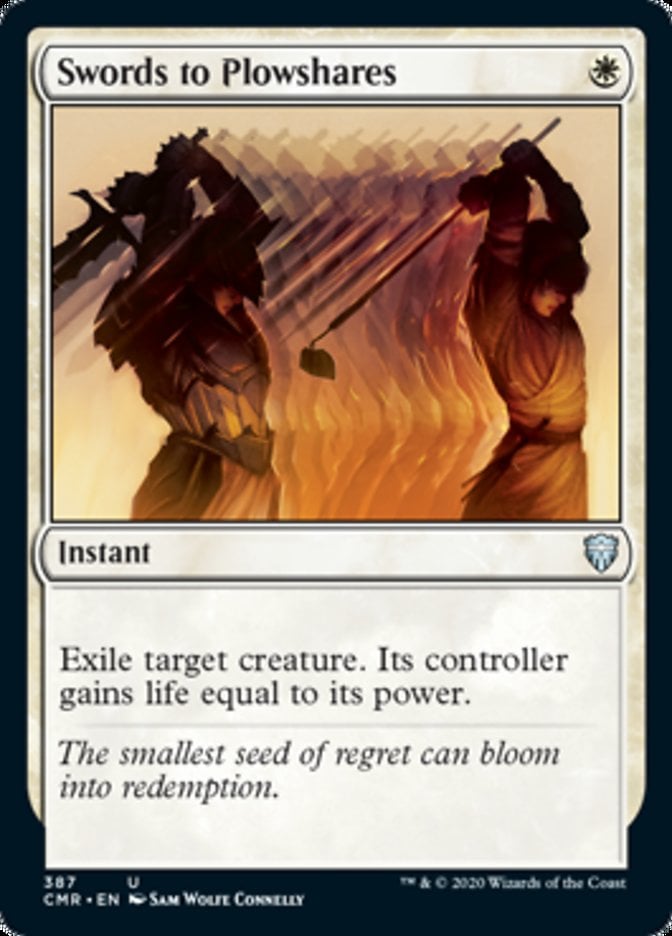
Sometimes, a card instructs you to “exile” a card, like on Swords to Plowshares. Most of the time, once a card is exiled, it’s basically gone for the rest of the game and won’t come back.
Fight

If you’re instructed to have two creatures fight, like with Prey Upon, then they each deal damage to each other as if they were in combat.
Flash

If a card has flash, like Ambush Paratrooper, you can cast it at any time you like, not just in one of your main phases. Essentially, you can cast them as if they were instants.
Flying

Flying is perhaps the most important keyword in all Magic. A creature with flying, like our friend Mesa Cavalier, can’t be blocked except by other creatures that have flying. Flying has been around since the start of the game and is one of the most valuable keywords to learn.
Haste
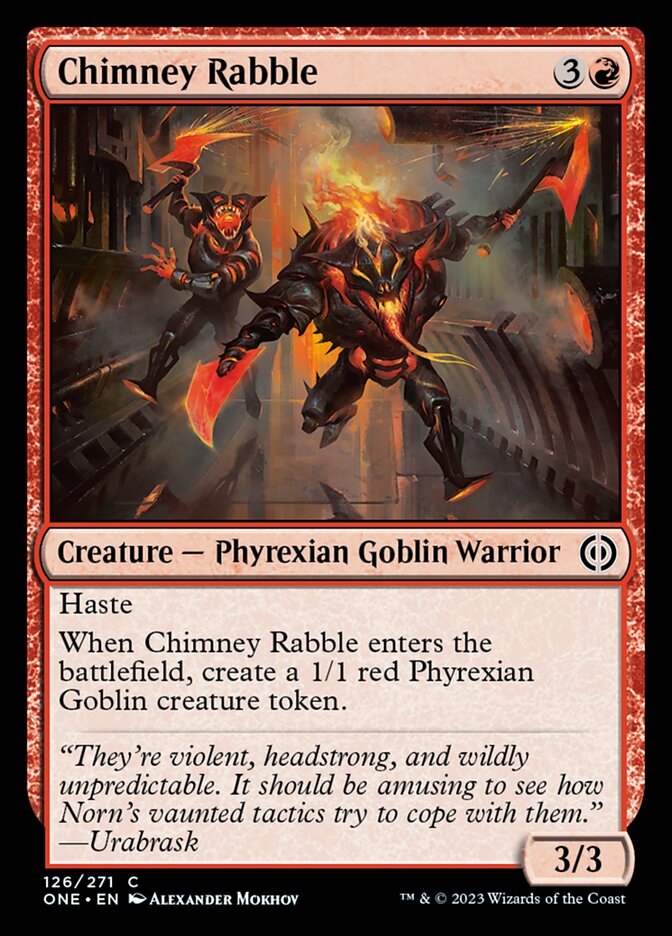
Haste is red’s main keyword mechanic. A creature with haste like Chimney Rabble ignores summoning sickness. It can attack on the turn it was played. This is the main reason that red is the most aggressive of the five colors.
Hexproof
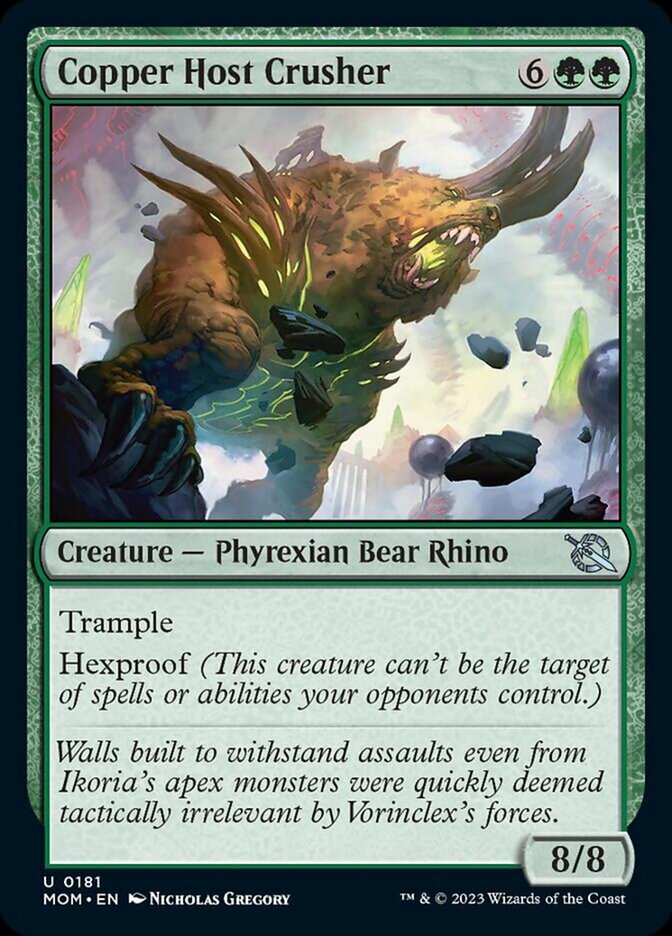
A creature with hexproof like Copper Host Crusher can’t be targeted by your opponent’s cards. This is a very powerful ability, so it isn’t used often. The ward keyword is much more common nowadays.
Indestructible
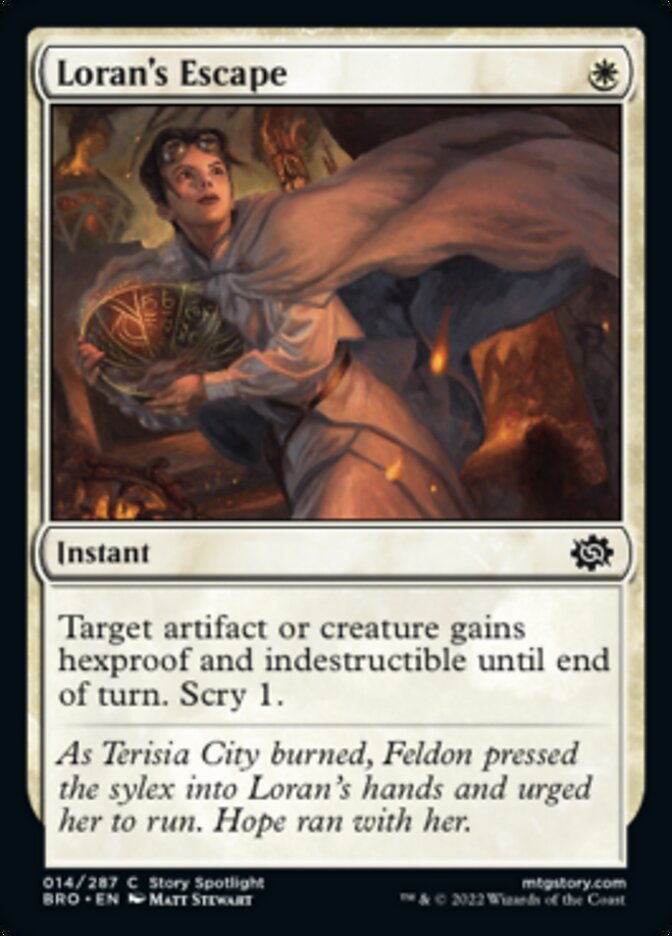
An indestructible creature can’t be destroyed either by cards that say “destroy” or by lethal damage. They can still be dealt with in other ways, like by exiling or sacrificing them. This is an extremely powerful ability, so very few cards are printed with it. Rather, it’s much more common for cards to give indestructible, like with Loran's Escape.
Library
You’ll see the word “library” a lot. In Magic, this is the name we use to refer to your deck.
Lifelink

A creature with lifelink, like Alabaster Host Sanctifier, has you gain life equal to any amount of damage it deals.
Menace
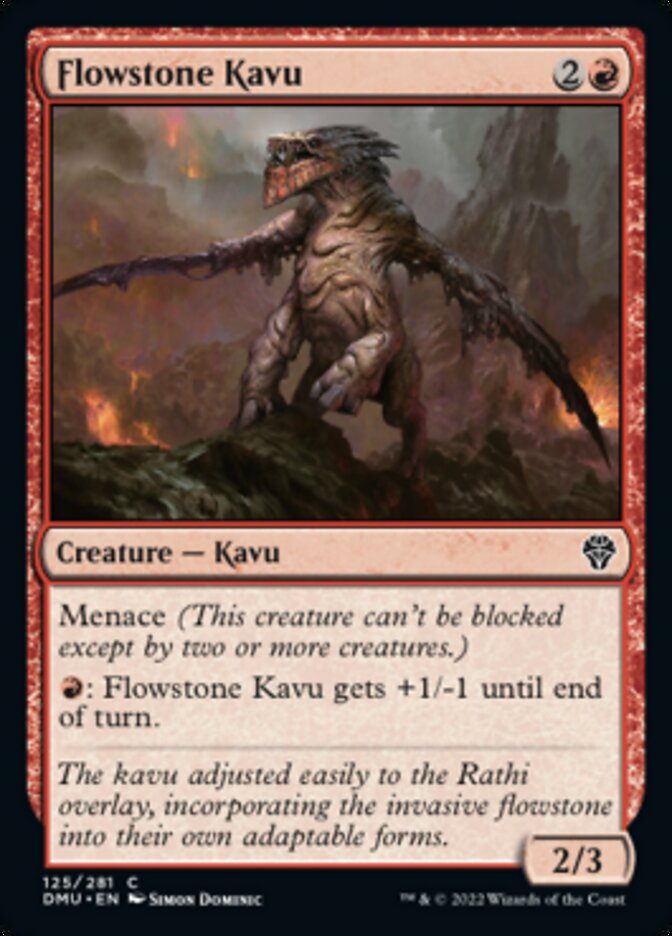
A creature with menace like Flowstone Kavu has to be blocked by at least two creatures if it’s blocked. This makes creatures much harder to block because blocking with a single creature is the most common way to block.
Mill
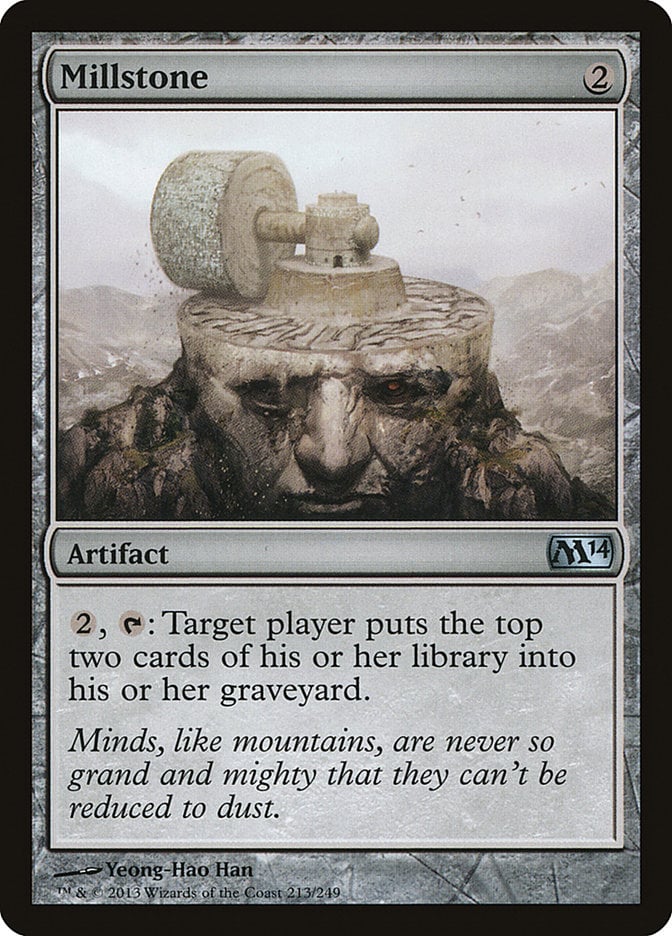
Taken from the classic card Millstone, if a player is instructed to “mill” X cards, they put that many cards from the top of their library into their graveyard.
Reach
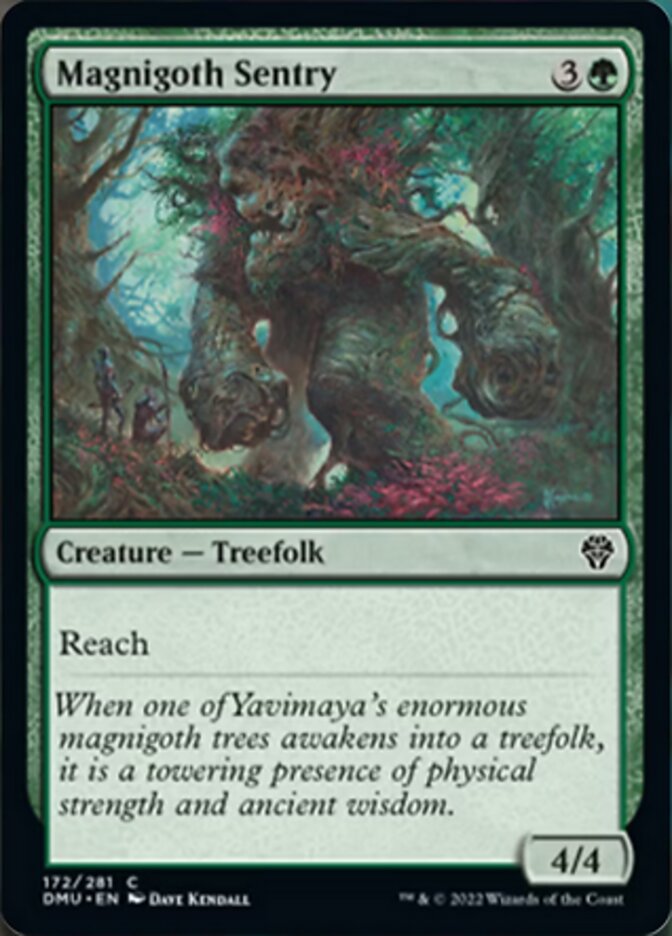
Creatures with reach like Magnigoth Sentry can block creatures that have flying. This appears mostly in green, as green doesn’t typically have a lot of flying creatures to block with.
Sacrifice
Some effects ask you to sacrifice a creature that you have in play. To sacrifice something, just put it into the graveyard. Black and red like sacrificing their cards a lot, like with the card Bone Splinters. You can also tell your opponent to sacrifice something, like with Sheoldred's Edict.
Scry

If a card instructs you to “scry X”, like the scry 2 ability on Automatic Librarian, you need to look at the top X cards of your library and put them back on the top or bottom of your library in any order. You can split them up or put them all back on top or all on the bottom, anything you like.
Trample
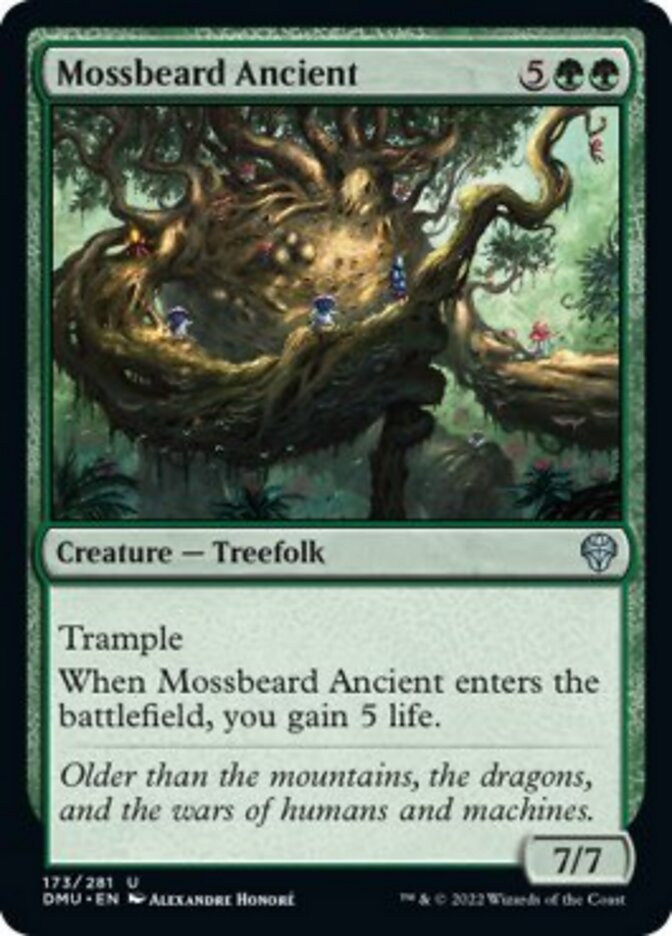
Trample is green’s most common keyword. Trample creatures like Mossbeard Ancient deal excess damage to the player they attack after dealing lethal damage to any creatures blocking it. For example, your 7/7 is blocked by a 2/2. You deal that creature 2 damage to kill it and can deal the remaining 5 to your opponent.
Vigilance
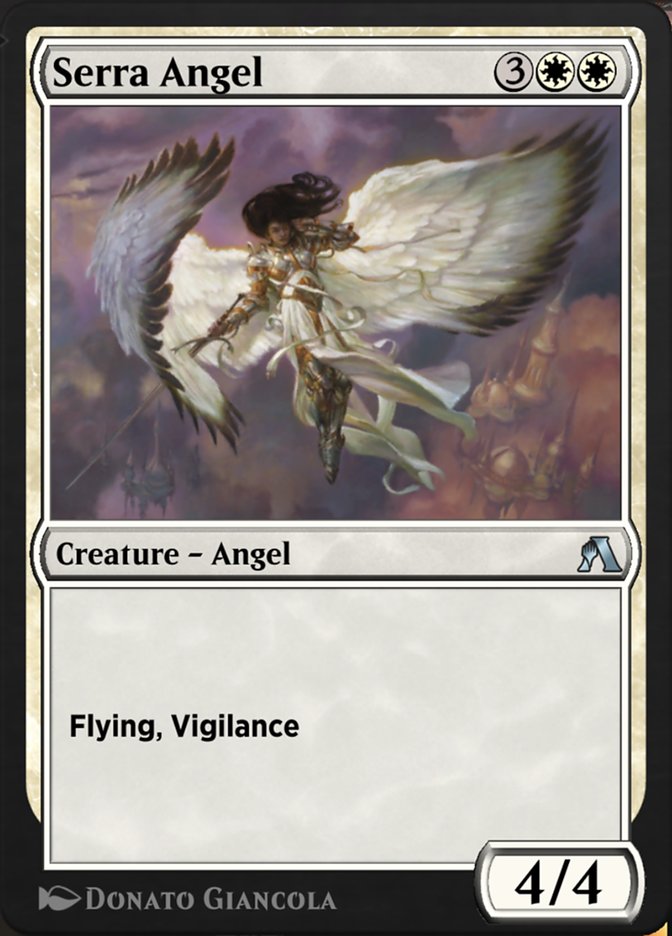
A creature with vigilance like the classic Serra Angel won’t tap when it attacks. This makes it a great option to attack while still being able to block for you on defense.
Ward

A creature with ward, like the “ward 2” on Hamlet Vanguard, counters any spell your opponent casts that targets it unless they can pay the appropriate ward cost. Most of these costs are just some amount of mana, but some cards ask for more brutal ward costs.
Formats: The Many Ways of Playing MTG
Magic has been around for more than 30 years, and there are over 25,000 cards that have been printed. That can be scary and daunting, but fortunately, the game has a variety of different ways to play it, which we call “formats.” Each one uses different deck construction rules and sometimes some extra gameplay rules.
Let me introduce you to the three main ways to play Magic: Constructed formats, Limited formats, and Commander.
Constructed
Constructed formats are basically ways to play where you build your own deck. In a Constructed format, your deck must contain at least 60 cards, and you can play a maximum of four copies of each card, plus as many basic lands as you like. In addition to this, you get access to a “sideboard” of 15 cards, which you can use to improve your deck between games in an official match. For example, not every deck uses artifacts, so you might want to include cards in your sideboard that remove artifacts for when you play against someone with a lot of them.
There are a few different Constructed formats, which include:
- Standard: Only cards from the last three years of main sets are legal. This list of sets updates each year.
- Pioneer: Cards printed in main sets since 2012 are legal.
- Modern: Cards printed in main sets since 2003 are legal. Some supplemental sets, like Modern Horizons, are also legal.
- Legacy: Every card ever printed is legal, but there’s an extensive list of banned cards.
- Vintage: Every card ever printed is legal, but there’s an extensive list of cards restricted to just one copy.
There are some cards banned in every format because of how powerful they are, so it’s worth checking out that format’s ban list if you plan to play it.
Limited
Limited formats are any way to play that involve you building a deck out of fresh booster packs. There are two main ways to do this:
- Sealed Deck: You open six booster packs and build a 40-card deck out of what you open.
- Booster Draft: You and a group of other players each get three booster packs. You open one pack, take a card for your deck, and pass the rest around the group. This can be complicated, so check out our guide to the format. Just like in Sealed, you build a 40-card deck.
In my personal opinion, Booster Draft is the best and most fun way to play Magic. All sets released are designed to be drafted in some way, and it’s the perfect way to enjoy playing the game while building up your own collection.
Commander

In Commander, you build your own deck based around a particular legendary creature card, called your commander. Your deck needs to be exactly 100 cards, including your commander, and you can only use one copy of each card. Virtually every card ever printed is available. In addition, your deck can only use the colors of your chosen commander, known as its color identity. For example, my favorite commander is Prime Speaker Vannifar. In a deck with Vannifar as the commander, you can only play cards that are blue, green, or colorless.
Unlike Constructed and Limited, where you typically play one-on-one against your opponent, the biggest difference in Commander is that it’s designed to be played in a group. Most Commander games are typically done with four players.
Because it’s multiplayer, Commander is a very casual format. Constructed and Limited are widely supported as part of Magic’s organized play and for its competitive events. Commander is designed entirely for casual play, though some dedicated communities run Commander tournaments with big prizes from time to time.
There are some other extra rules that are specific to Commander, but they’re a bit more advanced. If you want more, review these tips on Commander.
Where Can I Play MTG?
Magic is a very social game. If you have a group of friends who play, then that’s probably how you’ll want to play it. However, when I started playing, I didn’t know anyone else who did, so I ventured out to find some players. Here are a few ways that you can play.
Local Game Stores
There are local game stores that sell Magic products and run in-store events all over the world. Depending on where you live, there’s probably a store near you that you can go to and start to play. This is how I started playing, and I’ve been to a lot of local stores over the years. It’s a great way to meet new people and have fun playing Magic together in a safe, friendly environment. To find a local store near you, use the handy Wizards store locator.
Magic Arena
Magic Arena is the main online version of Magic. Arena is one of the most popular ways for people to engage with Magic. It boomed during 2020 and continues to grow to this day. On Arena, you can draft the latest sets and play Standard against random opponents. It is free to play, though it can be difficult to build up a collection without spending at least some money on it. For more information, check out the Arena guide.
And if you choose to play Arena, Draftsim’s Arena Tutor is a great tool to help you make better gameplay and deckbuilding decisions.
Magic Online
Magic Online is a digital way to play almost every format of Magic, particularly Commander, Modern, Legacy, Vintage Cube, and Pioneer. MTGO started in 2002, compared to MTGA in 2019, so check out the key differences between Magic Online and Magic Arena.
Online Communities
There are a number of online communities on various social media outlets. You can typically search for these on whichever platform you use and find other people who play Magic. Popular streamers on Twitch have gameplay and discussions with their own communities, too. You can discuss the game through these channels, and you can often learn some Magic slang and find people to play a game with online.
Of course, we have to plug our own Discord server as a great place to start!
Why Should I Play MTG Anyway?
In my opinion, Magic is one of the best games ever made. There’s something about it to enjoy for lots of different kinds of gamers. Whether you enjoy casual gaming nights with your friends and want something new to play or you fancy trying your hand at competitive tournaments, you can find your own way to enjoy the game. I’ve played the game at every possible level, I’ve worked behind the scenes of countless events, and now I write articles just like this one. It’s fair to say that I love this game and all I can do is encourage you to give it a try.
Wrap Up
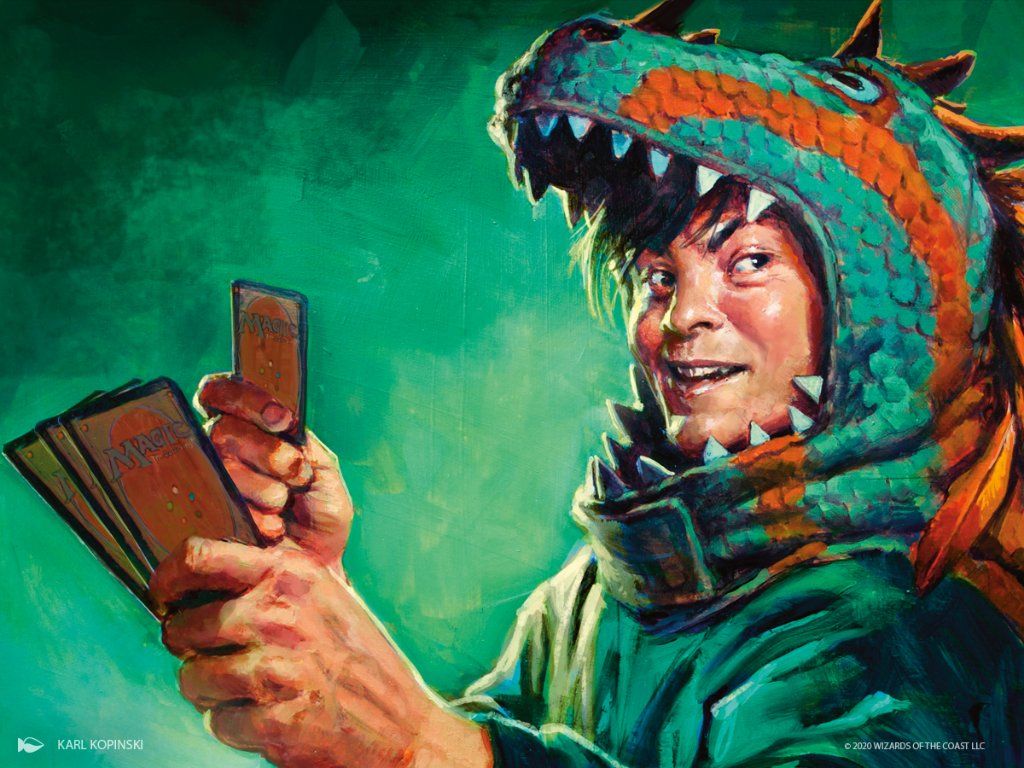
Timmy, Power Gamer | Illustration by Karl Kopinski
I hope that this has in some way helped you to understand Magic. There’s lots of stuff that I haven’t talked about here, but the best way of learning and discovering more about the game is to simply play it. Get a starter kit of some kind, try some jumpstart boosters, or log onto MTG Arena and give it a try.
If you liked this article, read more from the Draftsim blog, please consider following us on Twitter and join our Discord server too. Share the article with your friends and see if they’d be interested in learning this great game.
I hope to see you again. Until then, take care of yourselves!
Follow Draftsim for awesome articles and set updates: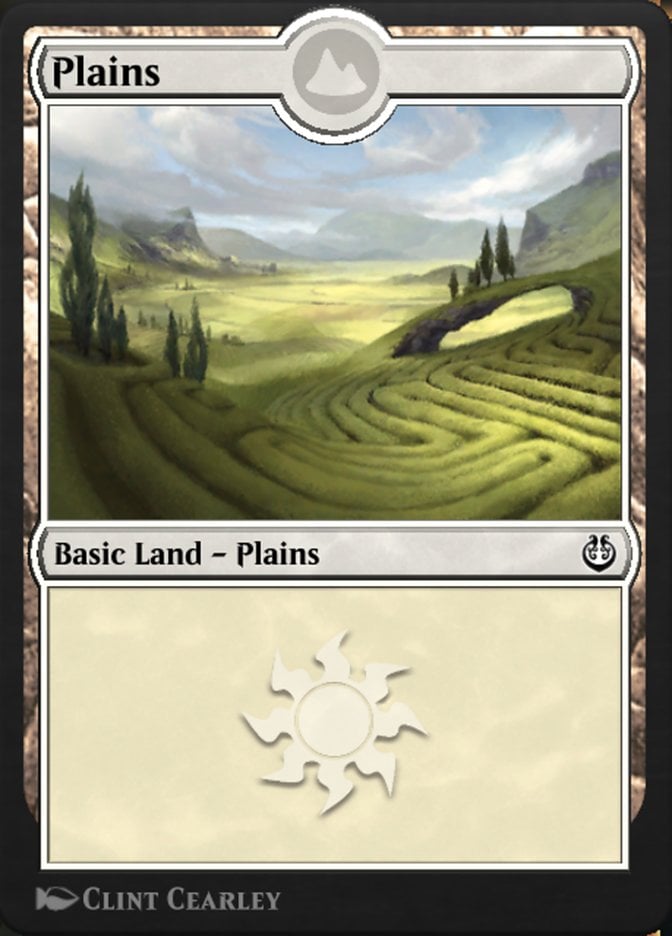
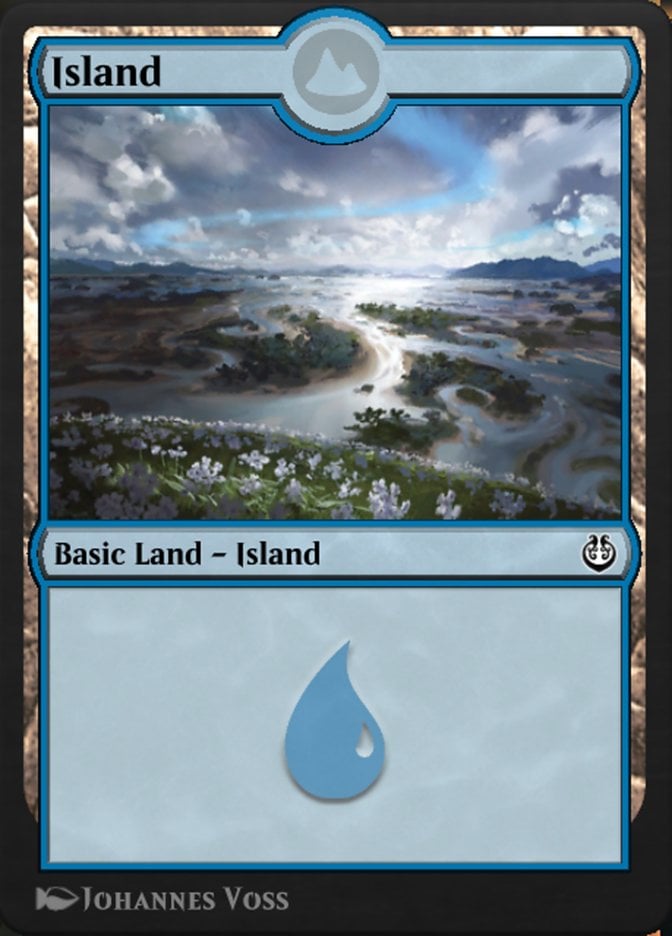

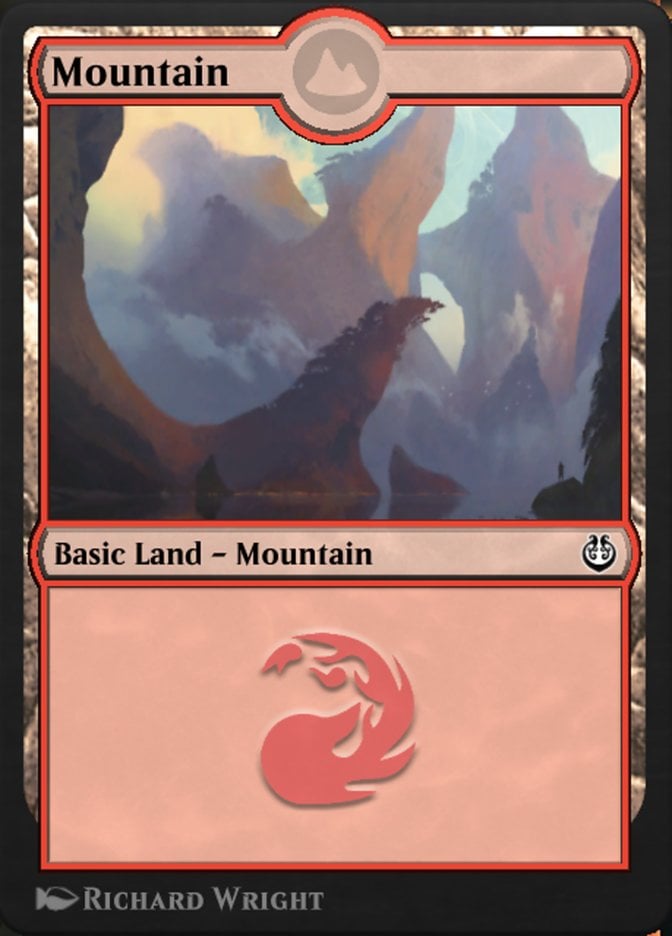


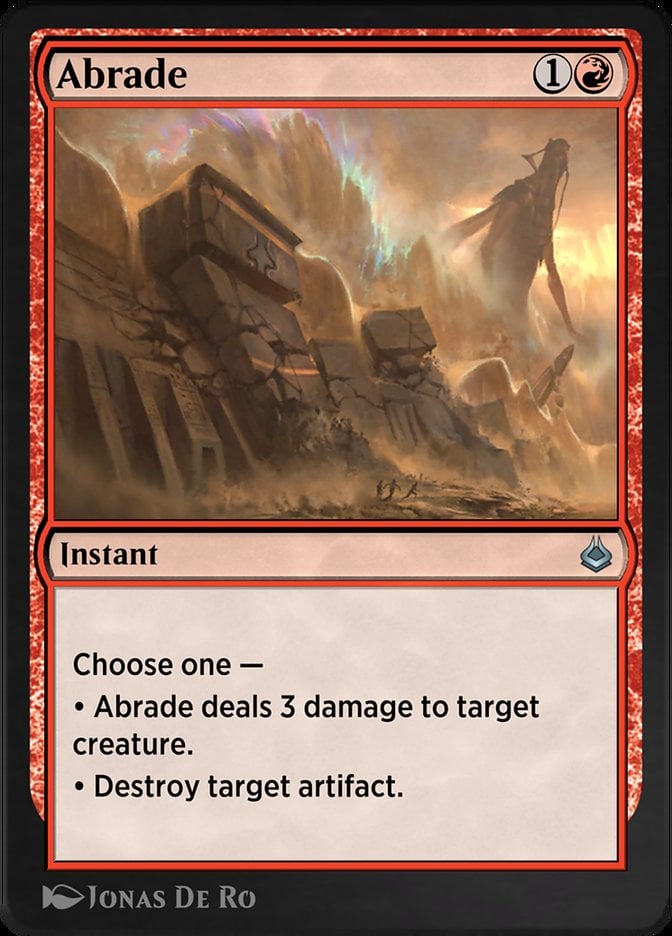



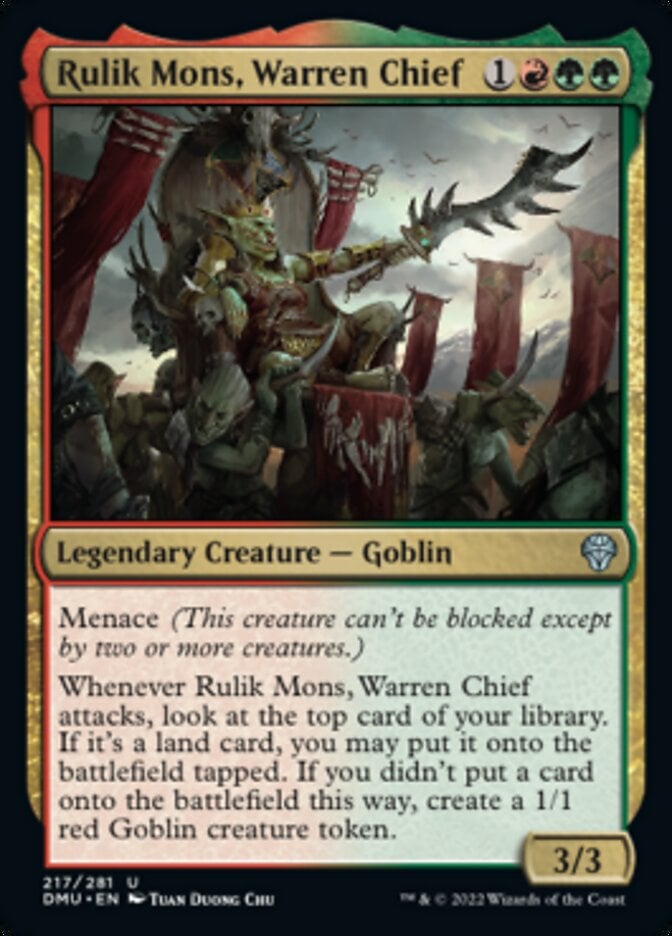
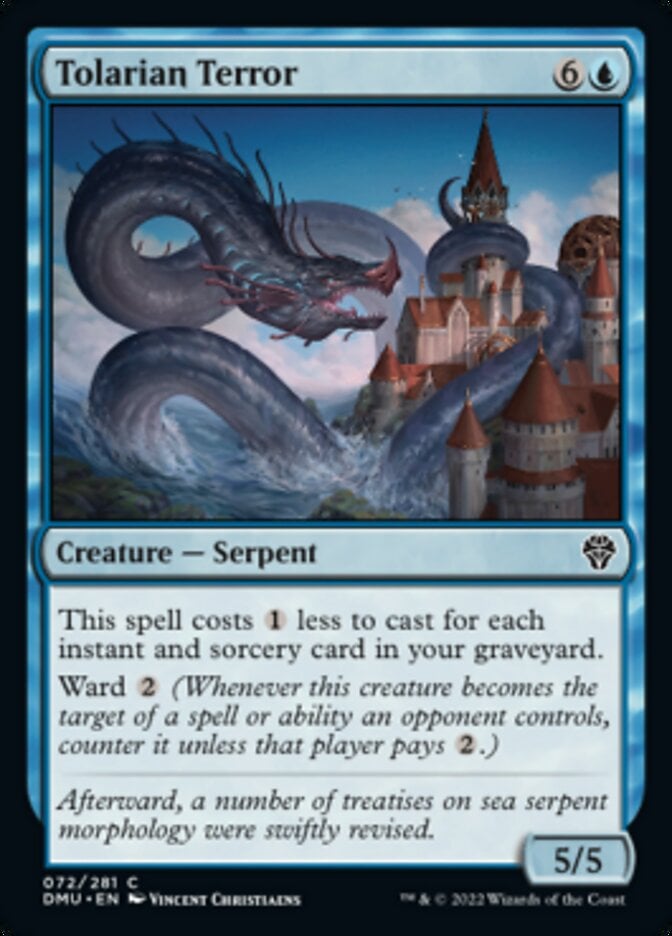
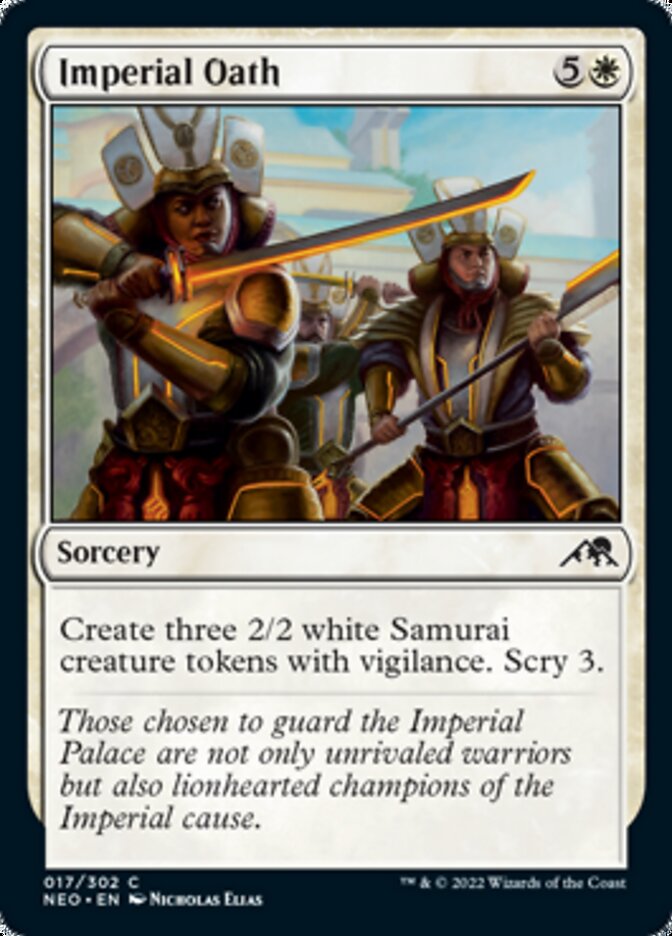

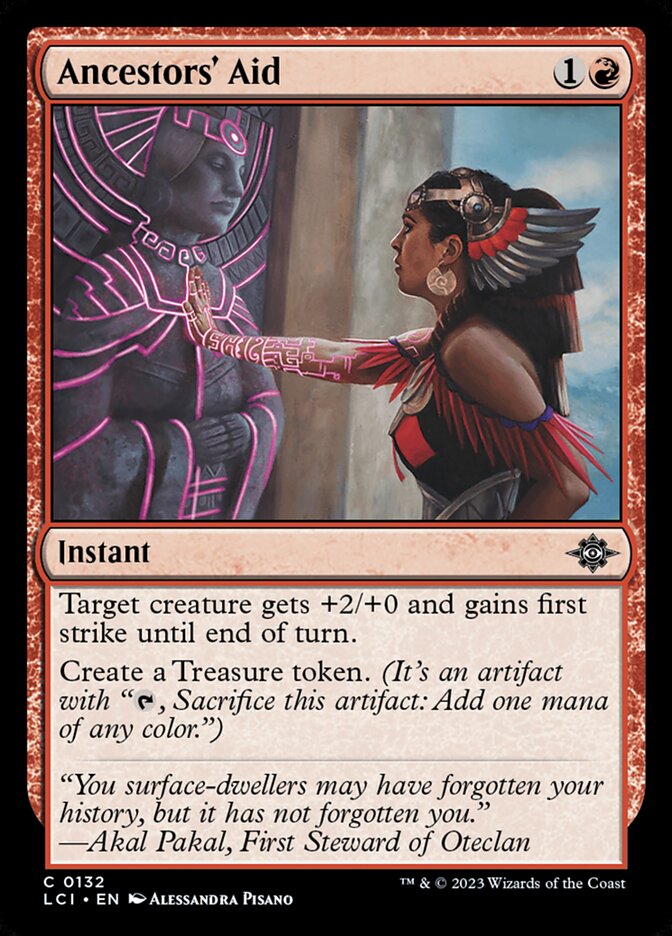


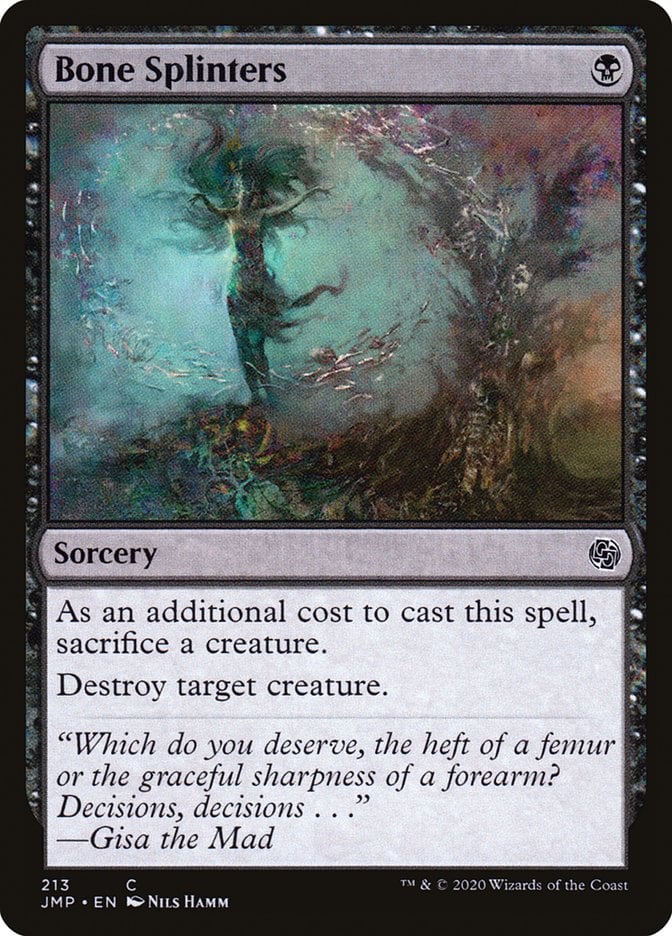

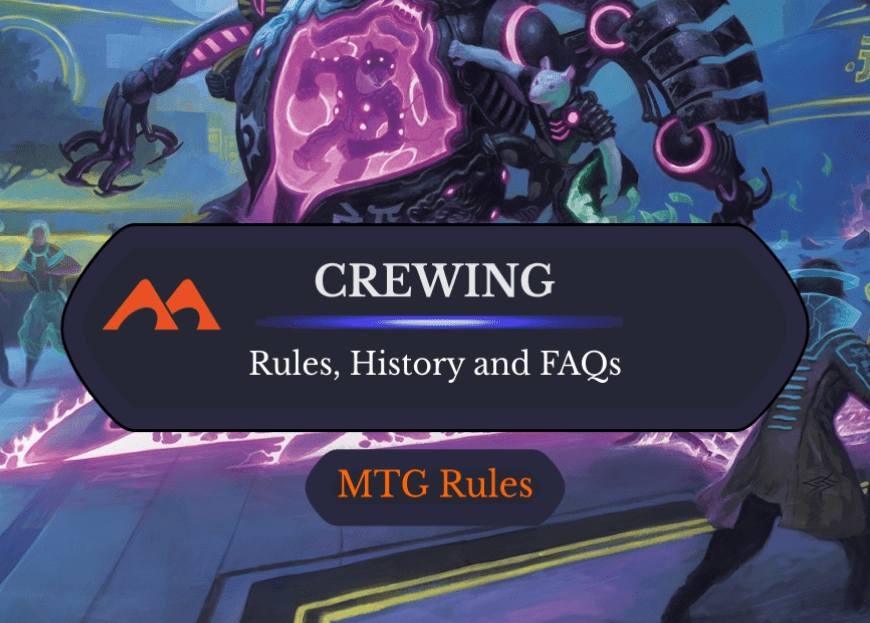
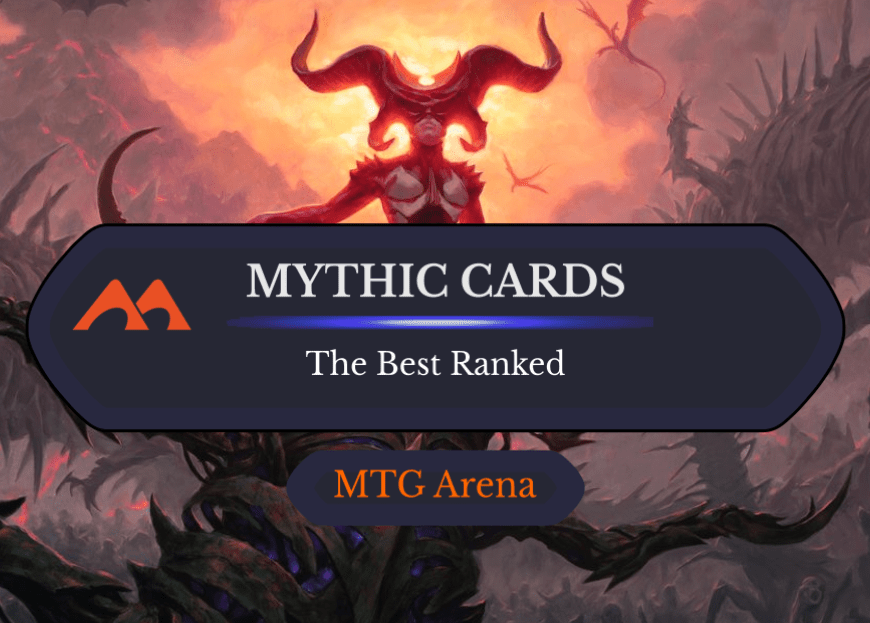
Add Comment